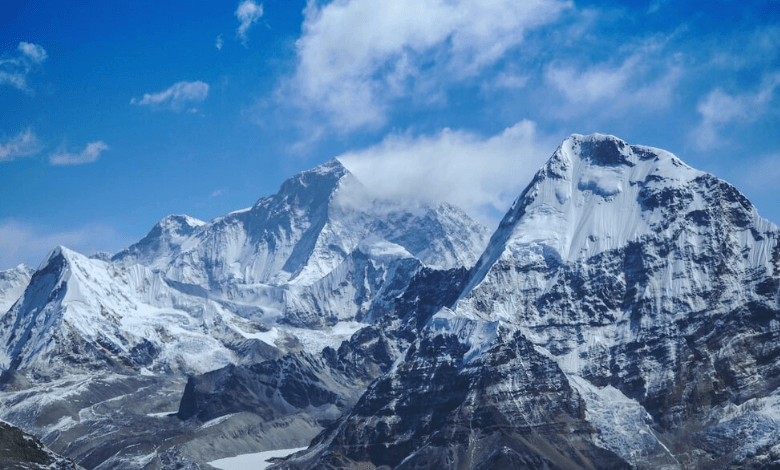China Takes the High Ground: Climate Monitoring on Himalayan Peak

In a breathtaking quest to understand Mother Nature’s whispers, China has embarked on a poetic journey up the majestic Cho Oyu, the sixth tallest mountain on this planet, perched delicately on the border between Tibet and Nepal.
With the grace of a snow leopard traversing the heavens, this endeavor seeks to unravel the secrets of the Himalayas – Asia’s “water tower” – and decipher how climate change’s wistful dance is affecting its rhythm.
Since the waning days of September, an intrepid team from China has ascended the frigid heights of Cho Oyu. They’ve installed five automated weather stations at various altitudes, from a modest 4,950 meters to the grandeur of the summit, which kisses the sky at 8,201 meters.
In a moment that feels like the heavens opened up, they’ve gathered the very essence of the mountain – snow and ice samples from its summit, a sacred first in the realm of science.
But what they’ve discovered defies imagination. At this serene zenith, the ice layer blankets Cho Oyu in a shroud, its thickness exceeding a staggering 70 meters. This frozen fortress is now revealed as the thickest among all its peers above 8,000 meters, whispering untold tales of change in hushed ice crystals.
China Across the Himalayas
The birth of these weather stations on Cho Oyu marks an expansion of China’s meteorological embrace across the Himalayas.
Their watchful gaze extends from the iconic Mount Everest, brushing against Nepal’s border at a towering 8,848 meters, to the graceful Shishapangma, standing tall at 8,013 meters in Tibet.
In this age of urgency, marked by one of the warmest summers ever, their mission to monitor climate change gains profound significance.
The echoes of their findings resonate far beyond these frozen heights. Western Europe’s Mont Blanc, once a symbol of immutable grandeur, has bowed to climate change, losing over two meters of its crown in just two years due to its vanishing snowpack.
The Himalayas are not alone in bearing witness to this transformative dance of nature.
Recent events, too, write their own chapter in this story. Torrential rains in India’s northeastern Sikkim state ruptured the banks of a glacial lake, triggering flash floods that swept away lives and dreams. Scientists point to climate change as the artist behind these increasingly tragic mountain ballads.
ALSO READ: New York City’s Transit is Going to Get Worse: Here’s Why
In the words of Yang Wei, a researcher at the Institute of Tibetan Plateau Research of the Chinese Academy of Sciences, “High-altitude surveillance is our beacon of hope. It guards us against the looming shadows of floods and ice avalanches as the glaciers weep.”
In a world captivated by its own relentless pace, China’s ascent on Cho Oyu invites us to pause and listen to the whispers of the Himalayas. These brave souls venture where few tread, unearthing the mysteries held in the icy heart of Asia’s water source.



